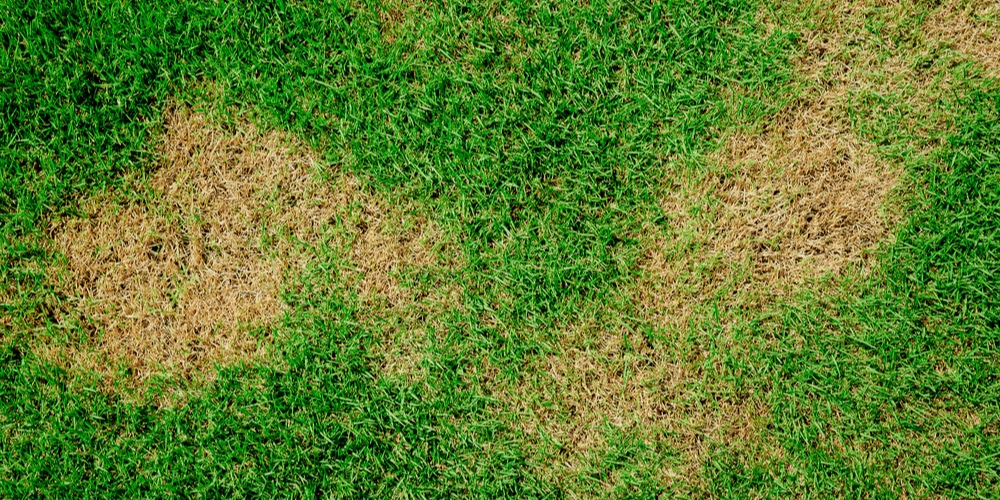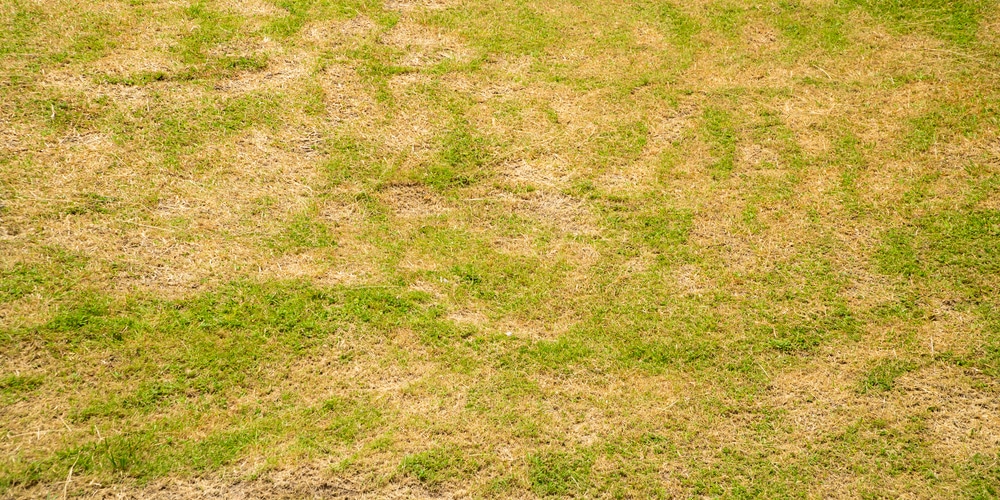Brown patches, dollar spots, and unexplained leaf damage all point to the fact that your lawn might be suffering from Bermuda grass fungus. You may have several questions, like ‘what does fungus look like in grass?’ and ‘how do you get rid of the fungus in Bermuda grass?’ to try and get your turf back to a full and healthy green form.
Let’s discuss the reasons why your bermuda grass has fungal infections and the things you can do to treat it.
Signs and Causes of Bermuda Grass Fungus

In general, bermuda grass should only be grown in locations that get full sunlight, or direct sun for at least four hours or more daily. Otherwise, it will grow weak and become susceptible to bermuda grass diseases, including fungi and others.
Sun gives bermuda grass the energy it needs to grow into a full and thick turf, which is the goal of every yard owner. In less than optimal conditions, bermuda grass won’t look as great or last as long as one that gets all-day sun.
Too much thatch or grass clippings left from a recent mowing and too much watering can also lead to the development of fungal diseases in bermuda grass. Aside from that, you will have to make sure your lawn is getting enough nutrients so it won’t likely get sick.
The most common problems that affect bermuda grass include anthracnose, dollar spot disease, and lawn rust.
Anthracnose often afflicts Bermuda grass in warm weather, with brown spots and irregular shapes on young Bermuda leaves. Upon closer inspection, you’ll likely find orange or brown blisters, as well as yellow spots in the blades of grass. Shoots can also be pulled from the ground easily.
Dollar spot disease can affect bermuda grass starting spring through fall, with cool nights and humid weather allowing the growth of fungus. Signs include circular brown spots, cobweb-like growth at the surface, and reddish-brown margins.
Lawn rust is also a fungal disease that slows down bermuda grass’ growth. Signs of lawn rust are easy to spot, as there will be visible red-orange spores that appear to be rust when touched, as well as yellow specks on the leaves.
How to Treat Bermuda Grass Fungus
Apply Fungicide
The best time to apply fungicide is in the early morning before the sun rises, or early evening as the sun sets. First, you should determine if the patch of brown grass is spreading, which means the fungus is still active, or if it’s stopped, which means the fungal disease has run its course.
Fungicide is particularly effective against dollar spot disease as it can stop the spread of more brown patches from appearing. Follow the instructions as stated in the manufacturer’s label to get the best results.
Observe Correct Watering Habits
Prevention is still better than the cure, and more so if you’re dealing with bermuda grass fungus. Bermuda grass doesn’t like to stay wet for too long and can quickly get affected by pests and diseases if exposed to too much moisture and humidity.
Water your bermuda grass early morning, and deeply so that all the roots can get a drink. It’s better to water infrequently but deeply rather than frequently. Don’t water too much or too often or it will result in fungi attacking your green lawn.
Mow at the Recommended Height
Common bermuda grass should be mowed at a height range of 1.5 to 2.5 inches, while the hybrid varieties can take a lower .5 to 1.5-inch range. It’s also recommended that you do not remove more than a third of the grass height in a single mowing session.
A good time to mow is when the grass reaches three inches, which should warrant a mowing of an inch following the rule. Otherwise, your lawn might get damaged and result in your grass turning brown.
Fertilize as Needed
Healthy bermuda grass is less susceptible to diseases such as lawn rust and leads to greener pastures. When feeding, make sure you give a well-balanced bermuda grass fertilizer that’s high in nitrogen during the growing season and as recommended on the label. Preferably, it should have an NPK ratio of around 16-0-8.
